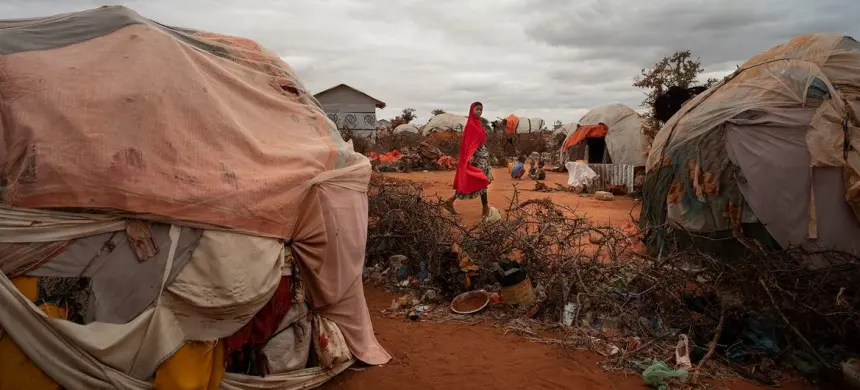A new UN-backed report has sounded the alarm over the devastating global impact of prolonged droughts between 2023 and 2025, describing the phenomenon as a “slow-moving catastrophe” with severe humanitarian and ecological consequences.
Jointly published by the UN Convention to Combat Desertification (UNCCD), the U.S. National Drought Mitigation Center (NDMC), and the International Drought Resilience Alliance, the report reveals that droughts are no longer isolated climate events but recurring disasters wreaking havoc on agriculture, livelihoods, and ecosystems.
“Drought is a silent killer. It creeps in, drains resources, and devastates lives in slow motion. Its scars run deep,” said UNCCD Executive Secretary Ibrahim Thiaw. His sentiments were echoed by Dr. Mark Svoboda, NDMC Director and co-author of the report, who warned: “This is not a dry spell. This is a slow-moving global catastrophe, the worst I’ve ever seen.”
The report highlights that more than 90 million people across Eastern and Southern Africa are grappling with acute hunger, driven in large part by record-breaking drought conditions. Crops in Ethiopia, Zimbabwe, Zambia, and Malawi have repeatedly failed, with the 2024 corn harvest in Zimbabwe plummeting by 70 percent compared to the previous year. Soaring maize prices have worsened the crisis, and an estimated 9,000 cattle have died due to thirst and starvation.
Somalia, already fragile from decades of conflict and poverty, has been particularly hard hit. In 2022 alone, 43,000 people died from drought-induced hunger. As of early 2025, one-quarter of the Somali population was facing crisis-level food insecurity, underscoring the prolonged and devastating impact of the crisis.
The report urges global leaders and stakeholders to prioritize drought preparedness and invest in early warning systems, sustainable water management, and agricultural resilience. Without urgent intervention, the frequency and intensity of droughts are projected to escalate, further threatening food security and biodiversity worldwide.
As climate change continues to fuel extreme weather patterns, the findings serve as a stark reminder: the world can no longer afford to treat droughts as temporary anomalies they are now a defining challenge of our time.

